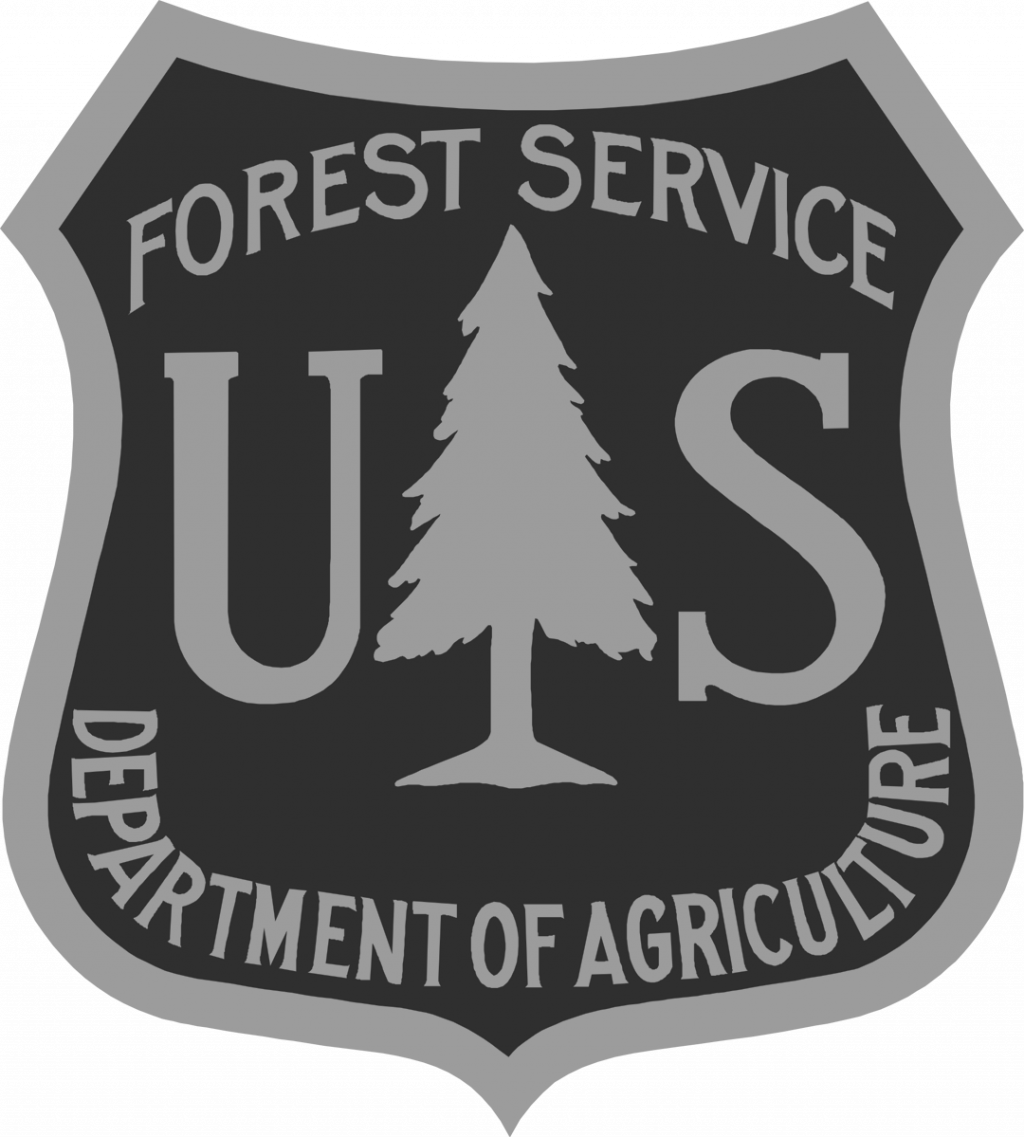Land, Water and People: Icescapes abound when there is little snow

It’s mid-December as I write this and the snowpack is a bit on the light side. Snotel data for the Upper Rio Grande is at 35 percent of the median for this time of year; Wolf Creek Ski Area is reporting a 12 inch base midway; and a smoke report just came in over the radio about a small fire south of Del Norte.
Normally, this time of year I would strap skis or snowshoes on my feet to go out and enjoy the national forest, but this year I’ve been lacing up my hiking boots instead. The foothills are snow free and the open, south-facing slopes are golden all the way to the alpine tundra in some places. For that reason, Pam and I decided to go for a hike up Seepage Creek with her Irish wolfhounds.
As we stepped out of the car and took our first steps up the road, we could see pure white crystalline ice lining the warm water creek. A robin-sized gray bird streaked by us and landed on a rock by the creek. The bird began to bob up and down like it was dancing to the beat of the water gurgling over the rocks. An American dipper.
We continued our walk up the four-wheel drive road in the cool shade of blue spruce trees. After a half mile, the view opened up as we came to the edge of Seepage Lake. Most of the lake was covered in glass-smooth ice. Boulders rose out of the ice on the shady west side with a backdrop of blue spruce and skinny aspen trees on the shore.
I quickly took off my pack, pulled out my camera and started snapping pictures. Pleasing compositions kept jumping out as I walked along the shore. Rough textured tan boulders poked out of milky, blue ice. A long, pronounced crack led to one of the boulders before curving gracefully to the side. At another spot, large white bubbles in the ice created eye-catching foreground.
Eventually, my cold hands told me it was time to move out of the shade. Pam and her tall, white dogs were walking on the sunny east side of the lake. The ice looked like liquid water on a windless morning, until it reached the sandy shore, where white crystals rolled up like the foam of a wave.
I hurried up the shore and eventually caught up with Pam and the dogs. We got back on the road and continued our way up the drainage. Soon we topped out on a hill and then dropped down to Ghost Lake. Ghost Lake is smaller than Seepage Lake and sits down in a bowl. About half the lake was in shadow and the other half in sun.
The ice made loud, eerie “pew” sounds as we stood on the edge admiring the view. Some pews were short and some were long and drawn out. These sounds are created by expanding and contracting ice and are common on frozen lakes and ponds, but Ghost Lake was particularly talkative. Downright chatty, in fact.
The shady side of Ghost Lake provided nice even light to photograph boulders and old, fallen, weathered trees sticking out of the thick ice. In some places the ice created large circular forms that looked like giant blue bubbles. Once again, my cold, bare hands woke me from my photography trance. I moved to the sunny side, sat on a log, closed my eyes and listened to the ice. “Peeeeeew.”
Pam, the dogs, and I started back to the car as the shadows stretched towards the far side of Ghost Lake. The sun dipped behind the San Juans as we drove back to Pam’s ranch near Creede. Suddenly, we both gasped as we rounded a corner and the Rio Grande came into full view. Streaming water among river rocks and large, irregular shaped ice patches were all the color of mercury.
Pam broke the silence as we gawked at the spectacular icescape. “Beautiful!”
Mike Blakeman is the public affairs specialist for the Rio Grande National Forest. He spends much of his free time scrambling around the mountains with a camera in his hand.



